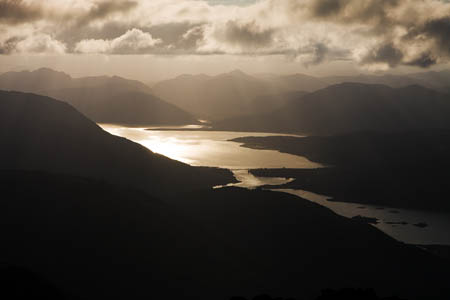Most Scots feel they have no voice in the way the nation’s countryside is managed.
Almost three-quarters polled by the National Trust for Scotland said they had no influence on landscape management, including wild areas.
The charity conducted research among 1,000 members of the public, 700 of its members and others attending a major landscape conference last year.
The findings were revealed in a report published today.
The Land We Love found 72 per cent of people surveyed said they had ‘no influence’ in response to the question ‘do you feel you are able to influence how your local landscapes are managed?’
The results come just a few weeks after the trust, along with a range of other organisations concerned with conservation, wild land and access to the countryside, highlighted serious concerns about whether wild land will receive sufficient protection under the draft Scottish planning policy and national planning framework.
The consultation on the framework closes tomorrow.
Head of policy Diarmid Hearns said: “Our research confirms that people in Scotland value the landscape and want to see it protected.
“The impact of adverse developments on our lochs and mountains, coastal landscapes and historic settings is a worry, especially locally.
“So, it is concerning that far too many people feel powerless when it comes to influencing local landscape developments.
“The planning system seems to be a complete mystery to them and they have no idea how to make their voices heard.
“The national planning framework closes for consultation tomorrow, but our research found only 11 per cent of Scots even knew of its existence.
“Its proposals for electricity generation and transmission will have a major impact on our communities, our coasts and our landscapes, but only a few people will even know that this discussion is taking place.”
The research also found that there was a strong connection between perceived influence over local planning issues, with 46 per cent of the wealthiest groups feeling they had some, compared to only 16 per cent amongst the least wealthy group.
Industrial development, pylons and neglect were the development issues of most concern to those non-members surveyed, while NTS members were most concerned by pylons, onshore windfarms and industrial development.
The full report can be read on the National Trust for Scotland’s website.

Daye Tucker
25 July 2013Define "protected".